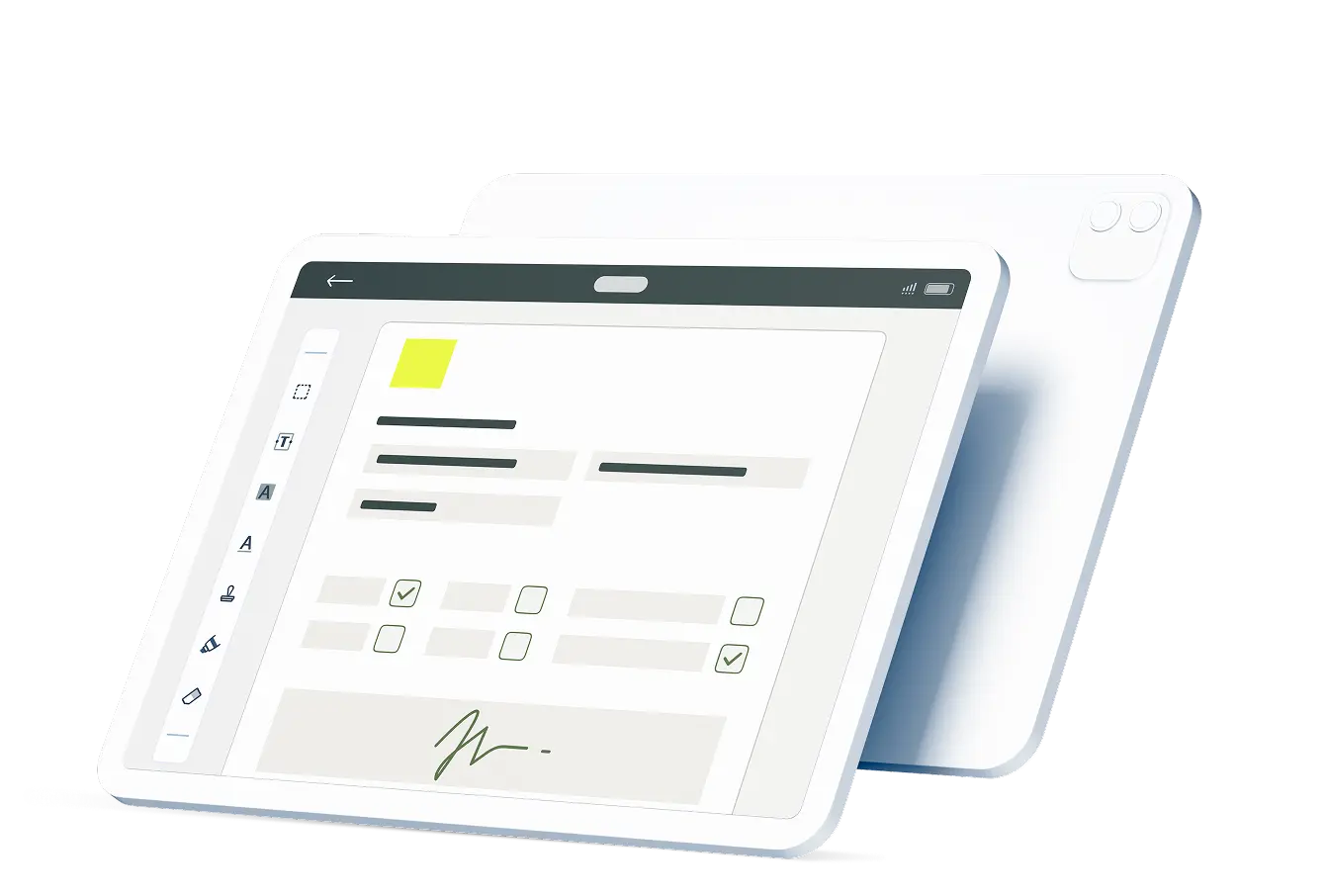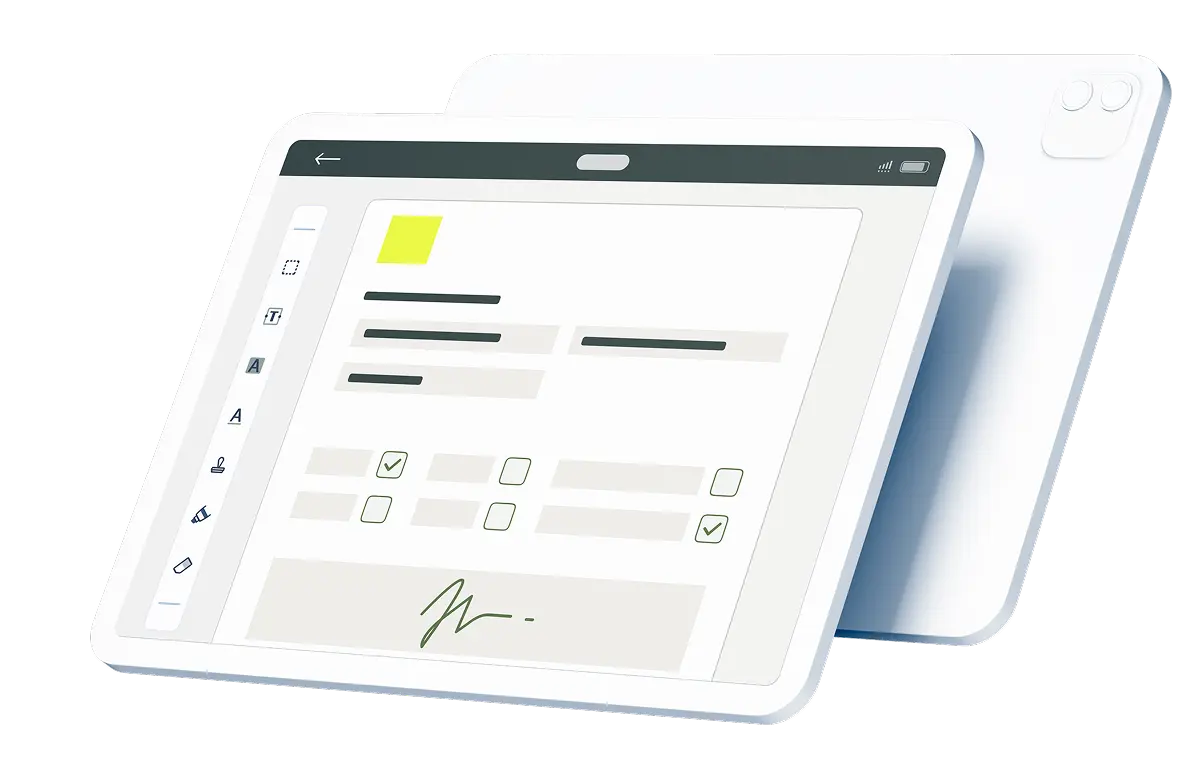For shopping centers, banks, restaurants, manufacturers, and other businesses, high-quality commercial roofing can improve energy efficiency and safeguard building interiors. For homeowners, a beautiful roof increases the property’s value and helps prevent mold and moisture problems. Replacing a flat roof is a significant investment, costing approximately $70-$110 per square foot. With preventative maintenance, roofing can last longer, which helps homeowners and business owners reduce costs.
Detailed roof inspections are an essential part of preventative maintenance, helping protect residential and commercial roofing against extreme weather and annual freeze-thaw cycles. PVC roofs can last 20-30 years with regular inspections and maintenance, and TPO roofing can last 15-25 years. This guide can show business owners how to perform a roof inspection effectively.
Contents:
- What Do Roof Inspectors Look For?
- What Should a Roof Inspection for Commercial Roofing Include?
- 1. Visual Inspection of Roof Interior
- 2. General Walkthrough of Rooftop Surfaces
- 3. Detailed Inspection of Roof Perimeter
- 4. Careful Revision of Roof Field
- 5. Inspection of Penetrations
- 6. Gathering of Core Samples
- What Does the Roof Inspection Report Template Cover?
- What Is Involved in a Residential Roof Inspection?
- What Are the Benefits of Using a Roof Assessment Checklist?
- The Fluix Difference for Roofing Contractors and Inspectors
What Do Roof Inspectors Look For?
Professional roof inspectors look at the overall condition of a roof and check its integrity. A detailed inspection can reveal cracks or tears on the roof membrane, missing shingles, improper installation or structural problems such as ponding. Inspectors also look for signs that the underlying layers of roofing are saturated with moisture.
With a high-quality inspection, it’s often possible to detect minor issues and correct them before they get worse. This can save business owners and homeowners thousands of dollars. When an inspector detects signs of damage, the next step is to discover the source and extent of moisture infiltration. On the roof inspection form, the contractor provides recommendations for repairs, restoration or replacement.
What Should a Roof Inspection for Commercial Roofing Include?
Many roof inspectors and roofing companies use a commercial roof inspection checklist template to perform an in-depth evaluation. This involves checking every part of a commercial building’s roofing system.
1. Visual Inspection of Roof Interior
A proper commercial roofing inspection doesn’t just focus on the exterior surface. Some of the most important evidence for roof health is gathered from inside a building. Roofing inspectors look for water stains, structural integrity problems, rust, mold and other signs of roof weakness.
2. General Walkthrough of Rooftop Surfaces
A cursory visual inspection of the rooftop checks for readily noticeable problems, such as ponding or growth of vegetation. Debris, hail damage and other signs of abuse indicate problems that require immediate action. This inspection can be performed on foot or with the help of a drone.
3. Detailed Inspection of Roof Perimeter
Many roofing problems occur near the roof’s edge. A thorough inspection should check seams, caps, base flashing, counter flashing, termination bars, coping and coping joints. Gutter systems should be installed correctly and free of obstructions.
4. Careful Revision of Roof Field
Next comes an in-depth inspection of the roof’s main surface. The specific tasks depend on the type of commercial roofing present; EPDM roofs require checking the membrane for tears and metal roofs require looking at fasteners and seals.
With built-up roofing, thermoplastic coatings (TPO) and ballast systems, it’s also necessary to evaluate what actions are needed to protect the roof for another season. Is there sufficient gravel present? Does the roof show signs of chemical corrosion or heat damage? This information helps a roof inspector offer trustworthy recommendations.
5. Inspection of Penetrations
With commercial flat roofs, another area of concern is penetrations. Roof vents, HVAC systems and other penetrations must be properly sealed to avoid moisture damage. This is a key part of any roof inspection after installation. Contractors should perform a post-installation roofing inspection after technicians add any equipment to a commercial roof.
6. Gathering of Core Samples
Commercial roof inspections include taking core samples from key areas. Examining a small portion of the roof can reveal the age and condition of roofing substrates. Samples are usually taken from places where moisture penetration is suspected, such as weakened spots where water has pooled. Contractors should gather at least one core sample per 10,000 sq. ft. of roofing.
What Does the Roof Inspection Report Template Cover?
Following the roof inspection, contractors need to prepare a detailed roof inspection report. This should provide business owners with key information regarding the roof’s condition:
- Overall health of the roof
- Any leaks detected
- Damaged or failing roof areas
- Ponding or other structural problems present
- Results of core samples
- Photographs of all problems.
Any serious issues should have explanatory text added showing why the problem needs to be resolved urgently. The last part of the report should detail the inspector’s recommendations for repairs, replacement or roof restoration.
What Is Involved in a Residential Roof Inspection?
An in-depth roof inspection for homes looks at interiors, exteriors, drainage systems and structural components:
- Shingles, metal panels and other roofing materials
- Penetrations and fasteners
- Seals
- Interior walls and ceilings
- Attic surfaces and venting
- Chimney caps, grout and masonry
- Soffit and fascia
- Gutters and downspouts
Any residential roof inspection should conclude by providing the homeowner with a finalized roof inspection report. This should detail any problems noted, such as missing shingles, moss, pest infestations or sagging roof decking. The report should explain what follow-up steps are needed and offer recommendations.
What Are the Benefits of Using a Roof Assessment Checklist?
Whatever the scope of your business and roofing projects, company inspectors can benefit from using an assessment checklist:
- Maximizes productivity
- Minimizes errors and missed details
- Improves the quality of roof inspection services
- Reduces time required for inspections
- Increases customer satisfaction
- Allows you to manage your team effectively
- Makes it easier to schedule tasks
When your team has a detailed checklist to follow, you can better control how your business operates. Standardizing inspections this way helps contractors work smarter rather than harder and ultimately increases profits.
The Fluix Difference for Roofing Contractors and Inspectors
Preventative maintenance, installation, roof inspections and repairs can be streamlined with the help of modern software solutions for field inspections. Fluix workflow management tools can improve the way your team communicates, allowing roof inspectors to get the green light in minutes instead of hours.
Project managers can see detailed roof inspection reports from the cloud, receiving accurate information and images whether they’re at the central office or a worksite. Contractors can prepare estimates or contracts and receive work authorization from clients quickly via eSign tools.

